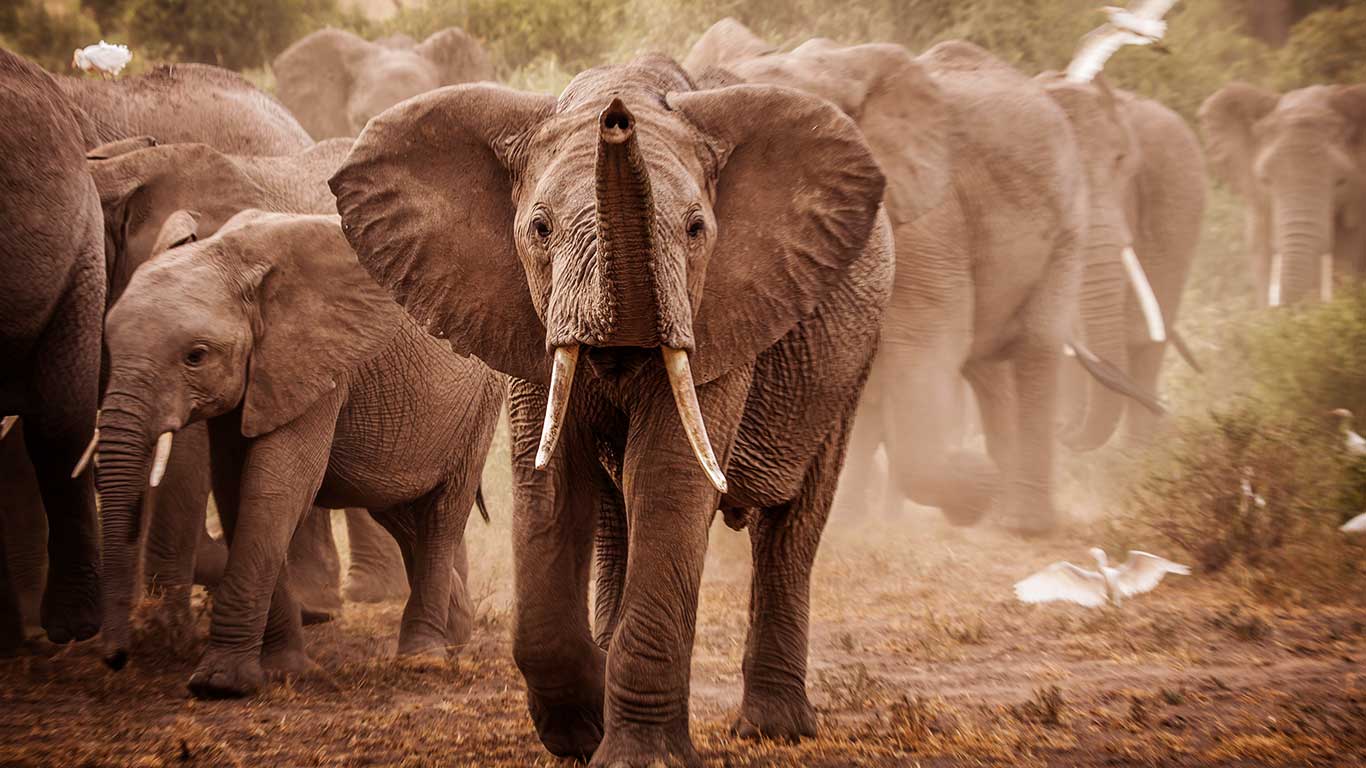The pandemic has also impacted African wildlife, sometimes in good ways (animal baby booms) and sometimes not (an increase in poaching due to the absence of tourists).
Which makes 2022 the ideal time to visit Africa, for the first time or maybe even your 20th trip. The Elewana Collection of 16 boutique lodges, camps and hotels in Kenya and Tanzania is ready and waiting for travelers to experience how places like the Serengeti and Masai Mara have changed over the past two years.
Kenya took advantage of the fall in safari tourism and national park visitation caused by the pandemic by undertaking the first National Wildlife Census. The census is intended as a major tool in shaping Kenya’s future wildlife and tourism strategy.
But there were some unexpected findings. Given the amount of wildlife babies born during the first year of the pandemic, it seems the lack of people and vehicles was great for animal romance.

An elephant baby boom has produced more than 200 little pachyderms over the past few years and Kenya’s elephant population is thankfully expanding again after years of decline because of poaching. Giraffes and other species also recorded an increase in births during the pandemic.
On the flip side of the coin, fewer visitors ranging out across the national parks and game reserves on a daily basis made it easier for poachers to operate unseen. It also meant lower revenue lodges, guides and other safari-related services, as well as loss of employment for local people working in the parks.
There’s also a fear that given the decline in tourism revenues, governments may decide to cut budgets and manpower for national parks or conservation programs.
So while the pandemic gave animals a breather from their human observers, there’s little doubt that the sooner the pandemic is over — and visitors flock back to Kenya and Tanzania — the better in the long run for African wildlife.

0 Comments